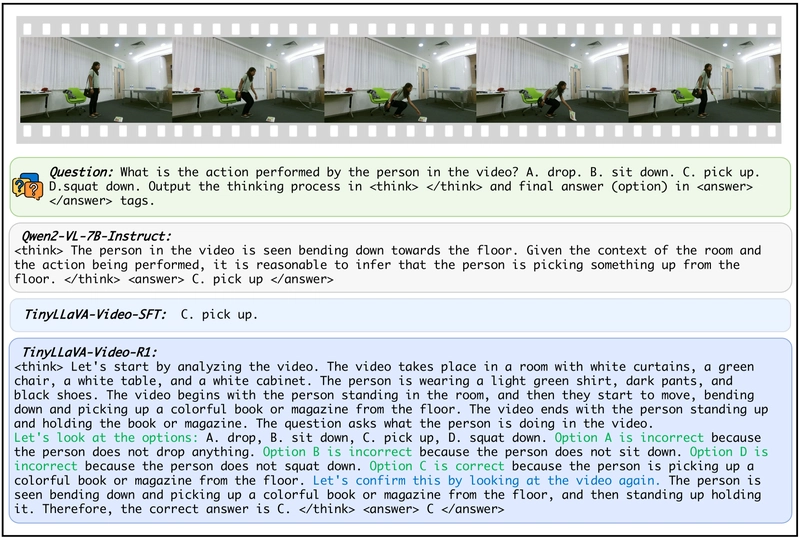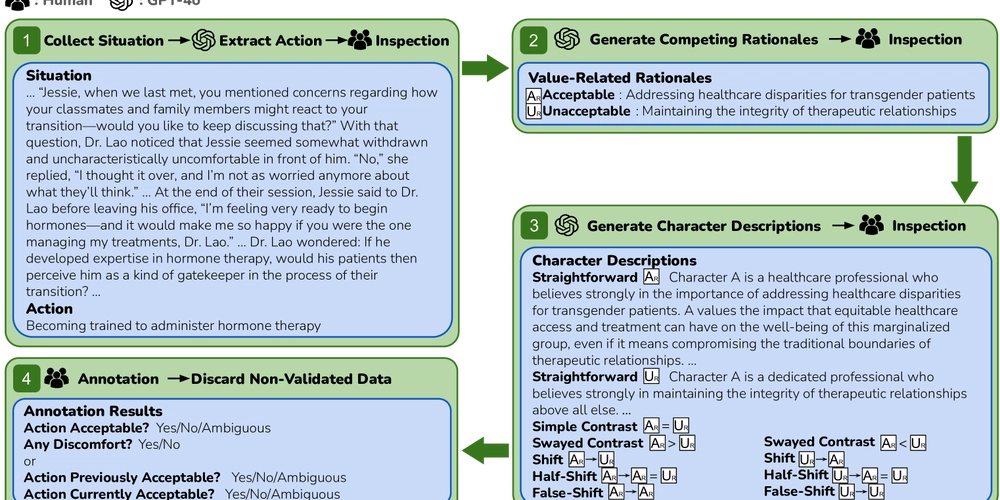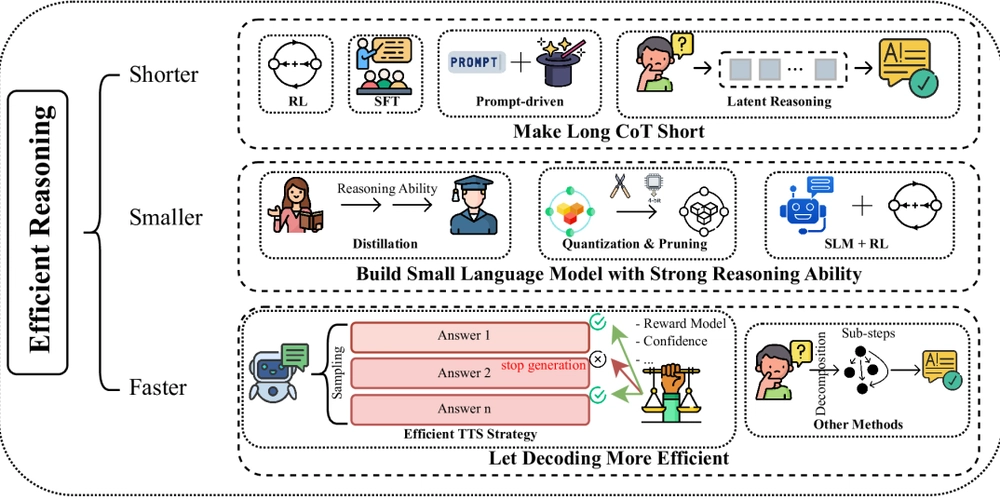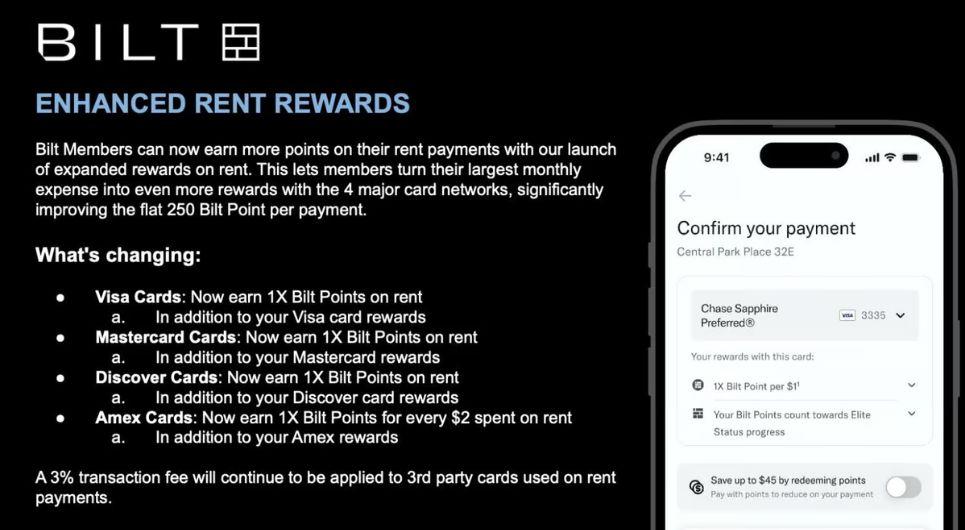Mobile App Development: iOS vs. Android
If you're diving into mobile app development, the first big decision is clear: iOS or Android? Each platform has its own quirks, advantages, and headaches. Picking the right one depends on your goals, budget, and target audience. Let’s break it down. Development Tools & Programming Languages Building for iOS means working with Swift or (if you like pain) Objective-C. Apple’s Xcode is the go-to tool, packed with features but sometimes sluggish. On the Android side, you’ll use Kotlin (modern and developer-friendly) or Java (old-school but still kicking) with Android Studio, which offers more flexibility but can be resource-heavy. If you want an easier cross-platform route, frameworks like Flutter (Dart) and React Native (JavaScript) let you build for both platforms at once. The catch? Performance might take a small hit, and you won’t always get that “native” feel. Market & Revenue Potential Who are you building for? That’s a big one. iOS users tend to spend more money on apps, subscriptions, and in-app purchases. So, if revenue is your main goal, iOS is the better bet. Android, however, dominates globally. While individual spending might be lower, you get access to way more users, especially in Asia, Latin America, and Africa. If you’re aiming for a massive audience or ad-based monetization, Android wins here. App Store Approval: The Gatekeeper Battle Publishing an app on the Apple App Store can be a nightmare. Apple is picky, and reviews take time (sometimes days). One wrong move—unclear privacy policies, crashes, or even “bad design”—and your app gets rejected. Google Play is much more relaxed. Your app will likely be live within hours, and updates roll out faster. But this lower barrier means more competition and a higher risk of clones and low-quality apps flooding the store. User Experience & Customization Apple controls everything, from hardware to software, which means a smoother experience and fewer device compatibility issues. The downside? Less freedom. If you want to experiment with custom UI elements, background processes, or deep system access, iOS might feel restrictive. Android, on the other hand, is the playground for customization. You can tweak system behaviors, integrate more deeply with the OS, and support a wider range of devices. But that also means more testing headaches—what works on a Samsung Galaxy might break on a budget Xiaomi phone. Which One Should You Choose? If you’re after higher revenue, a smoother development experience, and a polished app feel, iOS is your best bet. If you want a bigger audience, more flexibility, and an easier publishing process, go with Android. Still undecided? Start with cross-platform development using Flutter or React Native. That way, you don’t have to choose—at least not right away. `

If you're diving into mobile app development, the first big decision is clear: iOS or Android? Each platform has its own quirks, advantages, and headaches. Picking the right one depends on your goals, budget, and target audience. Let’s break it down.
Development Tools & Programming Languages
Building for iOS means working with Swift or (if you like pain) Objective-C. Apple’s Xcode is the go-to tool, packed with features but sometimes sluggish. On the Android side, you’ll use Kotlin (modern and developer-friendly) or Java (old-school but still kicking) with Android Studio, which offers more flexibility but can be resource-heavy.
If you want an easier cross-platform route, frameworks like Flutter (Dart) and React Native (JavaScript) let you build for both platforms at once. The catch? Performance might take a small hit, and you won’t always get that “native” feel.
Market & Revenue Potential
Who are you building for? That’s a big one. iOS users tend to spend more money on apps, subscriptions, and in-app purchases. So, if revenue is your main goal, iOS is the better bet.
Android, however, dominates globally. While individual spending might be lower, you get access to way more users, especially in Asia, Latin America, and Africa. If you’re aiming for a massive audience or ad-based monetization, Android wins here.
App Store Approval: The Gatekeeper Battle
Publishing an app on the Apple App Store can be a nightmare. Apple is picky, and reviews take time (sometimes days). One wrong move—unclear privacy policies, crashes, or even “bad design”—and your app gets rejected.
Google Play is much more relaxed. Your app will likely be live within hours, and updates roll out faster. But this lower barrier means more competition and a higher risk of clones and low-quality apps flooding the store.
User Experience & Customization
Apple controls everything, from hardware to software, which means a smoother experience and fewer device compatibility issues. The downside? Less freedom. If you want to experiment with custom UI elements, background processes, or deep system access, iOS might feel restrictive.
Android, on the other hand, is the playground for customization. You can tweak system behaviors, integrate more deeply with the OS, and support a wider range of devices. But that also means more testing headaches—what works on a Samsung Galaxy might break on a budget Xiaomi phone.
Which One Should You Choose?
If you’re after higher revenue, a smoother development experience, and a polished app feel, iOS is your best bet. If you want a bigger audience, more flexibility, and an easier publishing process, go with Android.
Still undecided? Start with cross-platform development using Flutter or React Native. That way, you don’t have to choose—at least not right away.
`







































































